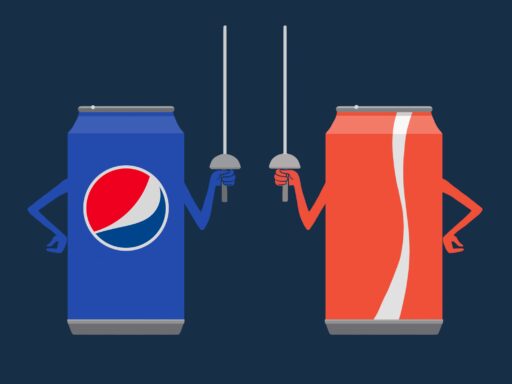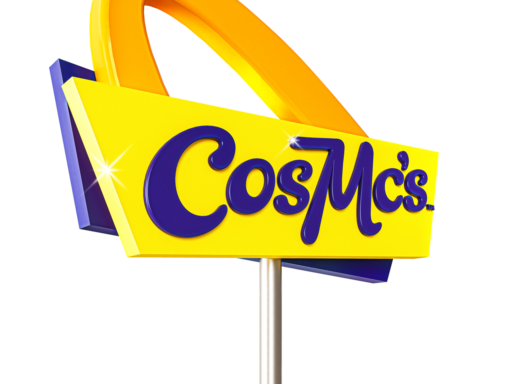Key Points
- Problem-solving and creative thinking are the same thing.
- Detaching emotionally from your problems allows you to think rationally and clearly.
- Develop the skill to ask “What If?” when considering solutions to life’s problems.
Challenges are inevitable. Problems will arise. Mistakes will be made. There’s an old adage that two things are guaranteed in life: “death and taxes.” Problems could easily be added as a third thing that’s guaranteed in life. What’s unique, though, is how you overcome the problems that arise. This is where the power of creative problem-solving comes into play.
Connecting Problem-Solving and Creative Thinking
Problem solving, at its core, is the process of navigating through challenges and finding ways to overcome them. Creativity injects this process with the ability to move past conventional thinking patterns and discover alternative possibilities that seldom would have been considered; it offers fresh perspectives and unconventional ideas. Problem-solving is, itself, a form of creative thinking. You must use your creativity to solve the problems in front of you, trying new things and articulating in unique ways to overcome obstacles.
By understanding that, firstly, all problem-solving is creative thinking, you put yourself in a different mindset to solve your problems. Moving forward, we’re going to discuss the D.E.C.I.D.E. system, which is a method that allows you to use your creative voice to come up with solutions more quickly and effectively.
The D.E.C.I.D.E. System Explained
The DECIDE system is a six-step process designed to navigate the complexities of problem-solving through creative thinking. It stands for Detach, Examine, Cause Analysis, Ideate, Do, and Evaluate. This system helps put you into a mindset that encourages open-mindedness and innovation at each step.
D: Detach
The first step is about taking a step back from the problem. When we’re too close, our emotions and preconceived notions can cloud our judgment. By detaching, we give ourselves the space to breathe and clear our minds, setting the stage for objective analysis and creative thinking. Step back, walk away, get some air, or do whatever you must do to decompress.
Detach Emotionally
Some problems will require substantial mental clarity. If you find that your emotions are too high, you must try to detach yourself from the present situation that’s making you feel these emotions. Anger, frustration, stress, sadness, depression—they’re all very serious emotions, and all human beings experience them in different ways. When problems arise, you must detach yourself from those emotions, even just for a few minutes, to think with a clear mind. When we’re emotionally entangled, our judgments are clouded, and our decision-making abilities are compromised. By consciously separating your emotions from the issue at hand, you create a mental space where logic and rationality are in control.
E: Examine
After detaching, the next step is to examine the problem closely. Defining the problem in clear, specific terms is critical. Understanding precisely what is wrong helps in formulating an effective strategy for addressing it. What exactly is the problem?
C: Cause Analysis
With a clear definition of the problem, we move on to cause analysis. This step involves digging into the root causes of the issue. Understanding what led to the problem is essential for crafting solutions that address the core of the issue rather than just its symptoms. What are the steps that led to the problem occurring in the first place? What are the roots that must be plucked?
I: Ideate
Ideation is the heart of the creative problem-solving process. This step is all about asking “What if?” questions. It encourages us to think outside the box and consider a wide range of potential solutions, without judgment or censorship.
“What If?”: The Root for Creative Thinking
Asking “What If?” is the catalyst for creative thinking. It’s a simple, but profound question that opens all the doors in your mind to endless possibilities.
“What if X happened?” “Then Y might happen?”
“What if I said X thing?” “Then Y might say Z back?”
“What if I try going to the gym on Saturday morning?” “Then I might get stronger.“
Asking “What If?” allows you to test scenarios in your mind and gives you a greater understanding of what the possible outcomes can be. This is a superpower. And all people do this every day. This may not seem like rocket science, or that’s why it’s important to note, but that’s because we do it passively. If you were to harness this, and if you actively choose to play these scenarios out in your head, you will develop it as a skill, finding solutions that would seldom have ever been considered.
D: Do
Armed with a suite of creative solutions, the next step is to put these ideas into action. This phase is about experimentation and implementation. It’s where the theoretical meets the practical, and we begin to see which solutions hold promise.
E: Evaluate
Finally, we evaluate the effectiveness of the solutions implemented. This step involves assessing outcomes, learning from successes and failures, and making necessary adjustments. Evaluation is crucial for understanding the impact of our solutions and for continuous improvement.
Delving into Creative Problem-Solving
What are the components of creative problem-solving?
Divergent thinking, convergent thinking, and critical thinking are the three fundamental components that support creative problem-solving. Divergent thinking encourages the generation of multiple solutions, convergent thinking narrows these down to the best options, and critical thinking analyzes the solutions for feasibility and impact.
Why is creative problem-solving important in life?
Creative problem-solving is crucial because it empowers us to tackle complex, novel problems that cannot be addressed through rote methods. It enhances adaptability, resilience, and innovation, making us better equipped to navigate the uncertainties of life and work.
Is creativity a problem-solving skill?
Absolutely. Creativity is a vital problem-solving skill that involves thinking of new and novel ways to find solutions to challenges. It’s about breaking free from traditional thought patterns and exploring a wide array of possibilities.
Conclusion
Embracing creative problem-solving not only helps in finding effective solutions but also fosters a mindset of growth, adaptability, and continuous learning. In a world that’s constantly changing, these skills are invaluable. So, the next time you’re faced with a problem, try using the DECIDE system and approaching it with an open mind and a creative spirit. The solutions you discover might just surprise you.









